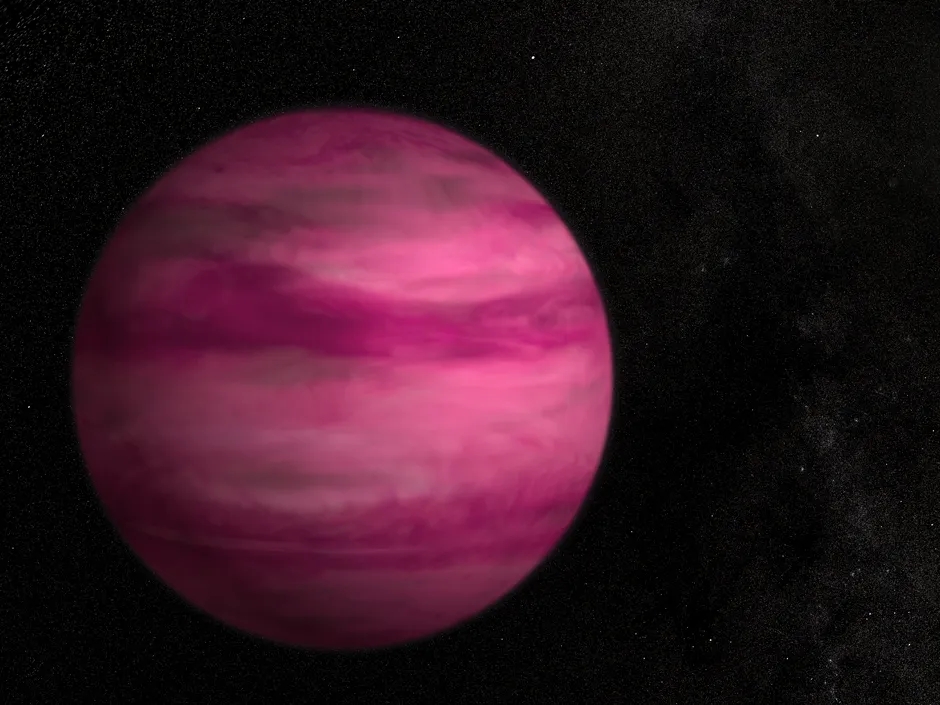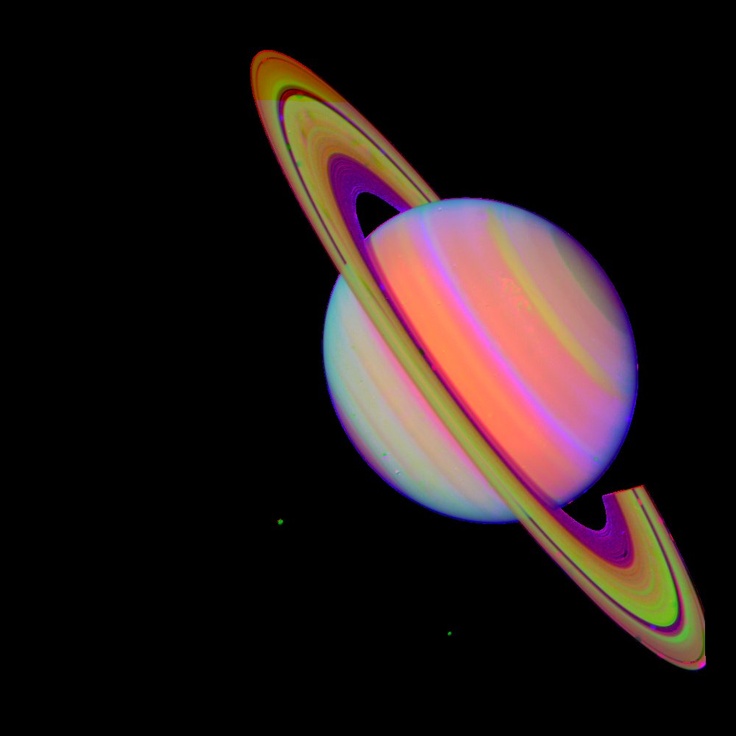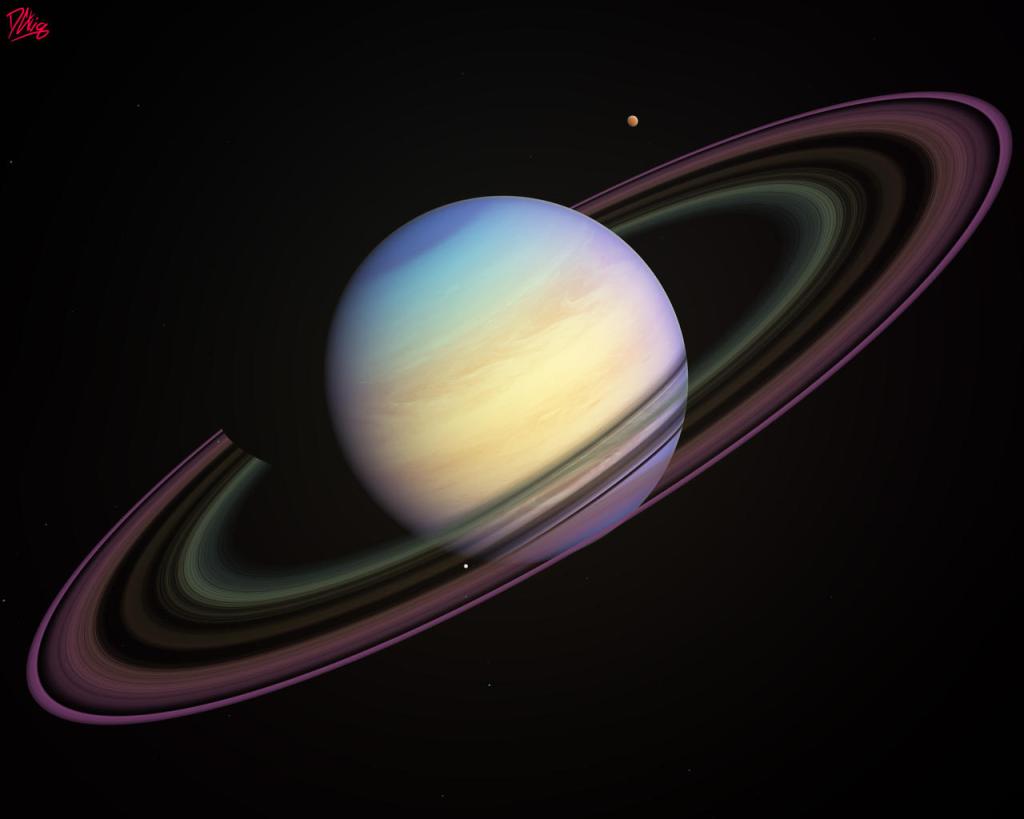
When I used to think of planets, the planets’ atmospheres were typically the last things that would cross my mind. However, a planet’s atmosphere is a defining feature of it’s qualities. To start off, what even is an atmosphere? An atmosphere is a layer of gas that surrounds a planet (or planetary body) that is held in place by the body’s mass/gravity. According to The Cosmic Perspective by Jeffrey O. Bennett, Megan O. Donahue, Nicholas Schneider, and Mark Voit, general features of an atmosphere include the elements involved in its composition, its surface pressure, average surface temperature, winds and weather patterns, and clouds and hazes. Here on Earth, the majority of our atmosphere is composed of Nitrogen, however, this is far from the case for any other terrestrial planet in our solar system. Mercury and our Moon’s atmosphere are primarily made of helium and sodium. Venus and Mars’ atmospheres are primarily carbon dioxide.
Our terrestrial world’s have very different atmospheres. The Moon and Mercury have such little atmospheres that they have no weather and can even be considered airless! On the other hand, Venus has such a thick atmosphere that gives it surface conditions that are excruciatingly hot and not even robots can survive on it. Mars has a carbon dioxide atmosphere as well, but good luck living there because the air is too thin for you to be there for more than a few minutes.
Now, how did Venus become so hot? Why can we live on Earth in a comfortable climate for our bodies? This can be attributed to the greenhouse effect. The greenhouse effect is when heat is trapped into a planet’s surface due to specific gases known as greenhouse gases. Without the greenhouse effect, the Earth would be too cold for us to exist! When light is reflected back into space, some light gets absorbed in a planet’s surface. However, this light, too, has to return to space, but now, this light is infrared light. The greenhouse gases temporarily trap this light and prolong it return to space by molecules reemitting it as another photons that gets absorbed by another molecule, and this cycle continues — heating the planet.
Curious to learn more about the greenhouse effect? Check out this cool video by NASA!






Leave a comment